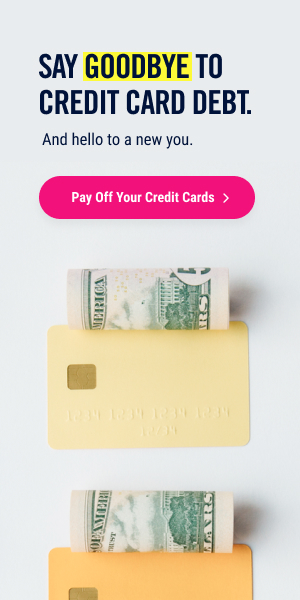Ever overspend on your Credit Card? Here’s why that happens and a few techniques to avoid them.
Credit card debt happens, and that’s okay! We want to help you understand some of the common reasons why it happens and how to avoid piling up credit card debt.
Problem: You overspend with a credit card vs. cash.
A Dun & Bradstreet study found that people spend 12 to 18 percent more with credit cards instead of cash. In fact, numerous studies have found the same thing. We are willing to spend more when we use credit cards. Psychologically paying with credit makes many people disassociate the cost from the benefit. For many of us the cost doesn’t become evident until the credit card bill arrives.
Solution: Use cash for daily purchases.
Fortunately this is easy to fix. Try using cash for daily purchases for a month, and find out if it helps you. In today’s world, paying cash for everything isn’t realistic. Electronic payments are not just convenient, but also necessary for many items. With this is mind, try paying for things like meals with cash, but things like your cell phone bill or broadband connection with electronic payment.
If moving to cash is too big a jump, alternatively enter your daily spend into a budget every day. This will enable you to associate your spend with the benefit and understand how it is tracking towards your overall budget. Either one of these techniques can help you avoid overspending with credit.
Problem: Credit limits make your balance appear smaller.
We tend to focus on our credit limit when looking at a credit card statement, which instantly makes you think of how much money you could spend, rather than the amount you owe. After all, a $50 pair of shoes doesn’t seem like much against a $10,000 credit limit; however, if you only have $50 in your wallet you may think differently. This also causes you to see your balance as insignificant, making you more likely to spend.
Solution: Stick to your budget and ignore your credit limit.
Remember, your credit limit isn’t what you should spend. It’s money that is available for you to spend because the credit card companies believe you will pay it back with extremely high interest. This is very good for them, but not for you.
Instead, ignore your credit limit and focus on your budget. If part of your monthly budget is paying off old credit card balances, consolidation loans may help you save money and give you a clear fixed payment and timeline to being out of debt. This can make it easier to budget future months and provide a clear path to being credit card debt free.
Problem: You are paying off credit cards inefficiently.
The Snowball Method suggests to ignore interest rates and pay off smaller balances first so you’re motivated to move on to the next card and continue paying off your debts. If that works for you, great! The challenge is this can leave money on the table if larger debt amounts have higher interest rates.
Solution: Get a debt consolidation loan or pay off higher interest loans first.
One solution is a debt consolidation loan which eliminates all the variable interest rates and consolidates them into one, ideally lower interest rate. Another option is paying down the balance with the highest interest rate first, then the 2nd highest, and so on. Remember, interest is the cost of the money you borrowed. The higher the interest, the more expensive that money is.
Problem: You do a 0% balance transfer, then rack up more debt.
The 0% balance transfer can sound like a gift from above, but buyer beware. Balance transfers can, and often do cost you more. Balance transfer fees, and high APR’s after the introductory period ends can all make you worse off. As many as 54 percent of consumers who transfer their balances don’t achieve their goal of paying off debt and end up with balances with high interest rates.
Solution: Commit to paying off your balances and don’t use the cards until they’re paid off.
Evaluate the balance transfer fee, which can be 3 to 5 percent, as well as your ability to pay off the balance before the promotion ends and what the interest rate would be. Try to avoid using the new card for purchases. Remember, the goal is pay off your credit card debt, not accumulate different debt on new card.
With persistence and patience, you can become debt-free. Find the debt payoff method that inspires you the most to keep a zero balance and keep these ideas in mind the next time you swipe your card or transfer a balance.


